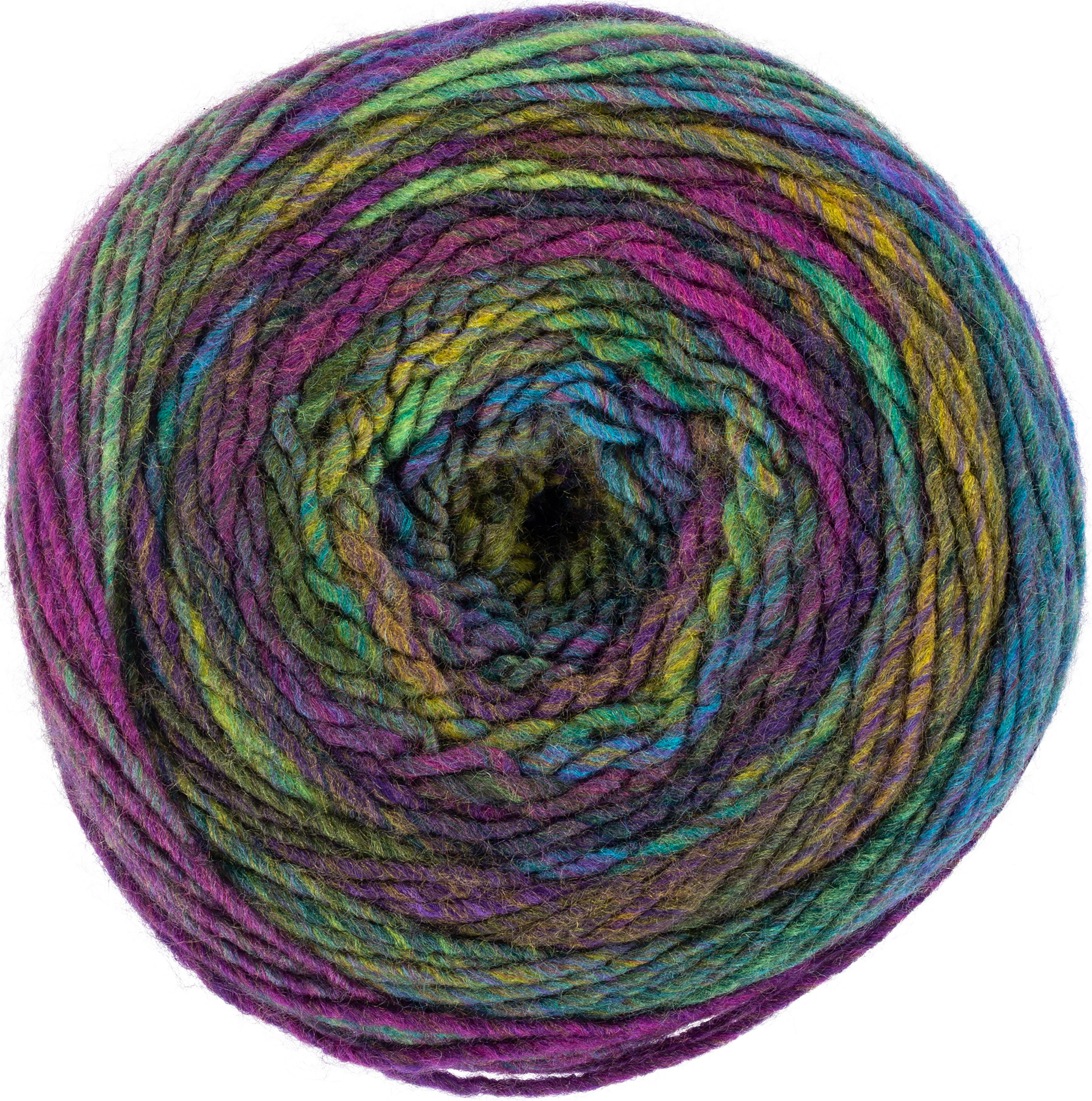

Water Fire extinguishers are for Class A fires only - they should not be used on Class B or C fires. This coloured band tells us what type of fire extinguisher it is therefore allowing us to recognise which fire to use it for. – Class F fires – cooking oils: typically a chip-pan fireĪn easy way to determine which fire extinguisher to use is by the different coloured bands on the top of each cylinder. – Class E fires – electrical equipment: once the electrical item is removed, the fire changes class – Class D fires – combustible metals: chemicals such as magnesium, aluminum or potassium


– Class C fires – flammable gases: like LPG, hydrogen, butane or methane – Class B fires – flammable liquids: such as petrol, turpentine or paint – Class A fires – combustible materials: caused by flammable solids, such as wood, paper, and fabric There are six classes of fire: Class A, Class B, Class C, Class D, Class E, and Class F. We then provide a detailed explanation of each type of fire extinguisher below. There is no one extinguisher type which works on all classes of fire.īelow is a summary of the classes of fire, and a quick reference chart showing which types of extinguisher should be used on each. Whilst there are 5 main types of fire extinguisher, there are different versions of Dry Powder Chemical extinguishers The types of fire extinguisher are: You will also need to make sure that you have the right size and weight of fire extinguisher as well as the right kind. The fire risk from the different classes of fire in your home or your business premises will determine which fire extinguisher types you need. The various types of fire extinguisher put out fires started with different types of fuel – these are called ‘classes’ of fire. You should have the right types of fire extinguisher for your house or business premises, or you may not meet current regulations. There are 5 main fire extinguisher types in Australia – Water, Foam, Dry Powder, CO2 and Wet Chemical.


 0 kommentar(er)
0 kommentar(er)
